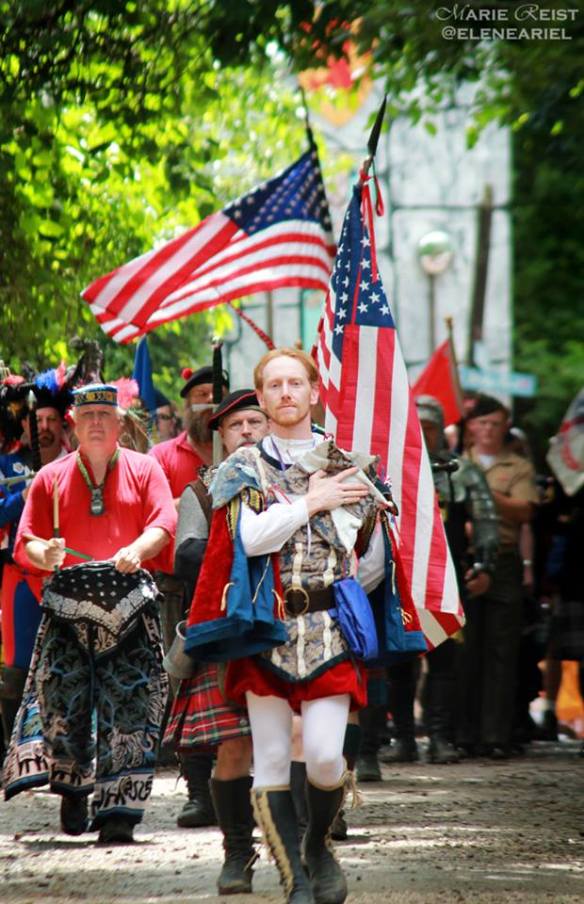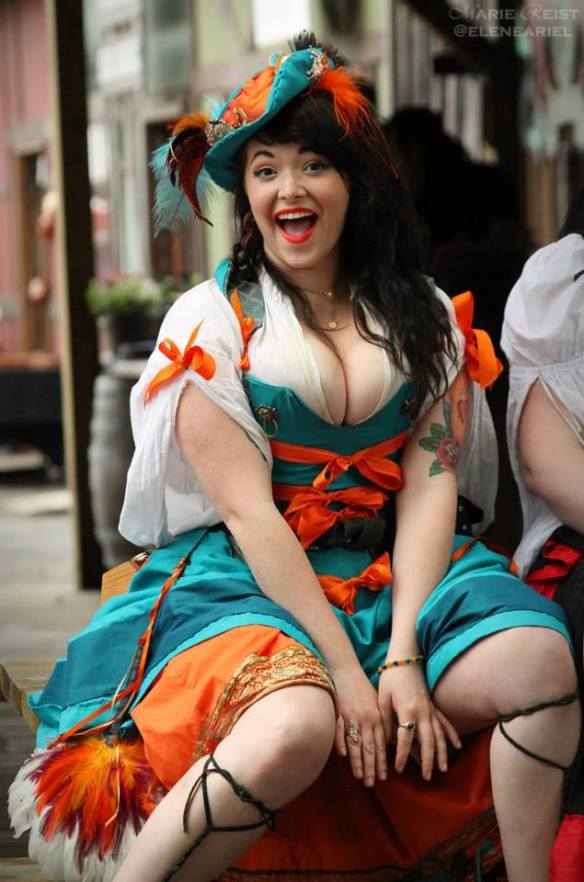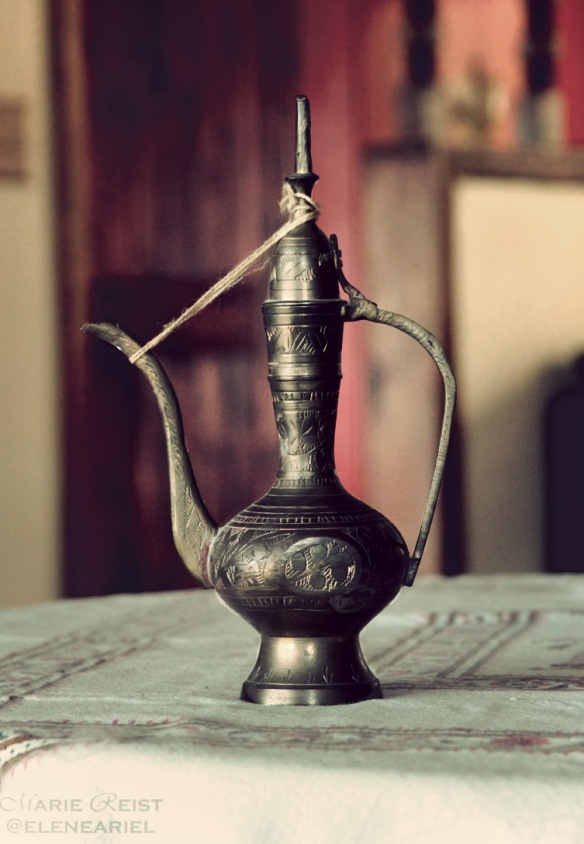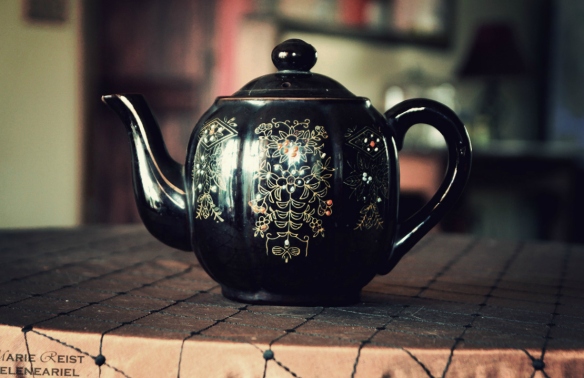
The view from the dome of St. Paul’s.
[update: I had a marvelous time, and now I’ve updated this post with pictures from my travels!]
Background: I’m going to London for the first time next month, and that seemed like as good a reason as any to reread Connie Willis’ marvelous time-traveling-historical-WWII-heroism-timey-wimey masterpiece duo, Blackout and All Clear.
And not just reread, but reread for the 5th time in three years. Because guys, I love these books so much. If you like London, or time-travel, or Shakespeare, or boys who will go to the ends of the earth to rescue the girl they love, you should probably read these books.
And along the way, I thought it would be pretty great to try to go to as many significant spots mentioned in the books as possible. (Wearing my green coat, of course.) So I started making a list.
This is in no way an exhaustive list, and I suspect I’ll be adding to it with subsequent re-readings of Blackout/All Clear – and visits to England!
Due to the complexities of the text, I’ve used the name the character was using in the place/time referenced, rather than sticking with their “real” name. And needless to say, HEREIN BE SPOILERS.
If you spot things I’ve gotten wrong (I’m sure there are many), or find something that should be added, comment and I’ll update this list.
_____________________
Oxford

Behind the Bodlien.
“You’re in Oxford, she told herself … suddenly jubilant. You’re in Oxford. There’s no blackout, no rationing, no Lady Caroline, no Hodbins…” (Eileen)
In 2060, the lab and other essential sites are located in Oxford.
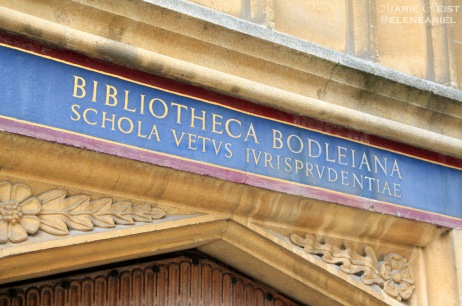
Doorway at the Bodlien.
Historians do research at the Bodlien library; Polly spends time studying there.
Transport is located at Oriel.
Dunworthy’s rooms and office are in Balliol.

Catte Street.
Early in Blackout, Polly walks “out Balloil’s gate, up the broad, and down Catte St.”
Eileen and Polly walk along High St. to King Edward St. while talking about their assignments.

A lane near Christchurch in Oxford.
Dover (area)
Mike arrives on the beach near Saltram-on-Sea (fictional town, “30 miles from Dover”)
Dunkirk
In 1940, Mike assists in the rescue of men from Dunkirk.
Dulwich, Surrey
Mary is stationed at an ambulance post here in 1944.
Orpington
In 1940 Mike is taken to the War Emergency Hospital for injuries sustained while at Dunkirk.
Croydon
Mary (stationed at the ambulance post in Dulwich) and Fairchild respond to a V1 incident at a newspaper office in 1944.
Kent
Ernest’s work in 1944 spreading misinformation to the Germans is based in Kent, where he writes fake newspaper articles and personal ads, inflates rubber tanks, and confuses German prisoners.
Manchester
Mike visits Daphne and her husband in Manchester to try to track down what he thinks is the retrieval team.
London:
Sir Godfrey chooses the Phoenix Theatre for the troupe’s pantomime; it is here that he is injured and Polly saves his life.
The Phoenix is near the Alahambra (“off Shaftsbury Ave”), where Polly is in ENSA as Air-Raid Adelaide. Unfortunately, the internet tells me that the Alahambra was demolished in 1936, so unless there was another theatre bearing that name in the 1940s, this must just be an error or fictional stretching of the truth.
After the Phoenix is destroyed, the pantomime is moved to the Regent Theatre (I can’t find info on whether this was a real theater or not – anyone know?)
Holborn Tube Station – Polly spends one of her first nights here observing contemps; receives an Agatha Christie novel from the lending library.
Notting Hill Gate station: Polly hears her name being called, thinks it’s the retrieval team – but it’s Lila and Viv. This is the station the troupe & historians shelter in most regularly.
Embankment: Eileen stayed with Alf & Binnie here to keep them from going to Bank, which was going to be hit that night.
Whitechaple: district where Alf & Binnie live (on the fictious Gargery Lane.)
Stepney: district where Theodore lives.
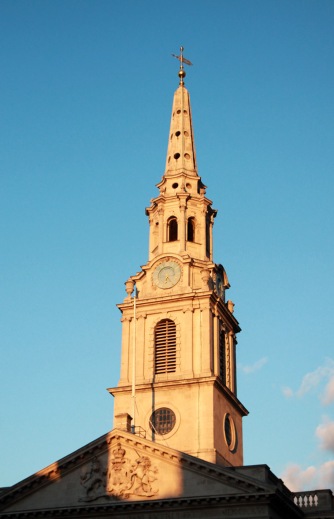
Spire of St. Martin-in-the-Field.
St. Martin in the Fields: Polly stares at the spire and thinks “… You’re wrong about my getting through this, unless my retrieval team pulls me out before my deadline. An historian can’t be in the same temporal location twice. And they should have been here yesterday. Yesterday. This is time travel.”
14 Cardle St – Mrs. Rickett’s Boarding house; fictional, but near Notting Hill Gate tube station (“just three streets over”). There’s a Callcott street in about the right spot – could it have just been given a fictional name?
Polly’s drop is on Lampden Road, which also seems to be fictional – but there’s a Campden Road in about the right spot.

Nelson statue at Trafalgar Square.
Her first day in 1940 London, Polly takes the Bakerloo to Piccadilly Circus, then a bus to St. Paul’s via Trafalgar Sq. “Five years from now it would be crammed to bursting with cheering crowds celebrating the end of the war, but today even the pigeons had abandoned it.”
Oxford Street: John Lewis (gutted when she sees it first), Townsend Brothers, Peter Robinson – Polly walks by all of these department stores. She gets a job at Townsend Brothers.

National Gallery steps.

The lion didn’t have a broken nose, but I had my green coat!
Trafalgar Square: Polly (standing on the National Gallery steps) sees Merope in a green coat by the lion ‘with part of his nose missing’, standing with Binnie and Alf. (1945) Alf throws a firecracker that almost hits Colin, who is looking for Polly.

The Albert Memorial.
Kensington Gardens – Polly goes to wait for the retrieval team, meets up with Mike and Eileen. She waits near the Peter Pan statue, sitting in a bench across from it. After Mike joins the girls, they walk past the Albert Memorial. Mike’s comment is, “Jesus, what IS this thing?” Polly answers, “The Albert Memorial. Possibly the ugliest monument in all of England.” They sit on the steps of the memorial and discuss Polly’s deadline.
Kensington Palace: Mike delivers someone to a state dinner here and worries about running into Polly and Eileen, since it’s in their neighborhood.
St. Bart’s hospital: Mike is taken here after a wall falls on him, Eileen, Alf and Binnie make ambulance runs to here, they meet Agatha Christie.
After Mrs. Rickett’s blows up, they move to a house on Millwright Lane in Bloomsbury, near Russell Square.
Modern day London:
Imperial War Museum – Colin meets Binnie in 1995.
British Library – Colin meets Ann Perry in 1976 while researching.

My first glimpse of St. Paul’s. I cried.
“Polly stepped out into the nave. And gasped. Mr Dunworthy had said St. Paul’s was unique, and she’d seen vids and photographs, but they hadn’t begun to convey how beautiful it was. Or how vast.”
“…the audible hush St. Paul’s always had. The sound of space and time”
Mentioned often in the books: Light of the World painting, Nelson’s tomb, the Firewatch Stone.
“The floor where we are standing – ”
Is where the Fire Watch stone will be,” Polly thought.
Geometrical Staircase – boarded up when Polly first sees it.
In winter 1941, they hold Mike’s “funeral” here: the vicar, troupe, Alf & Binnie, Miss Snelgrove, firemen, and others. “Coo, this church is fancy!” Alf said. The memorial service is held in the Chapel of the Order or St. Michael and St. George off the south aisle.
Dunworthy gets lost in the “rabbit warren of confusing lanes and maze-like passages.” He also serves as a Fire Watch volunteer in the church.

The view down from the dome down onto the church roofs.
Great West Door: Polly slips through here while Mike and Eileen distract the ARP man
Wellington’s Tomb – A chorister minding the shelter leads Polly past this to the shelter in the west end of the church’s basement/crypt. “He led her into a sandbagged arch at the end of the church…”
___________
Just a personal note on St. Paul’s: my sacred architectural first love is always various forms of gothic, and I expected to fall in love with Westminster Abbey and just appreciate St. Paul’s, built in English Baroque style, for it’s role in Blackout/All Clear.
I was wrong.
I landed at Heathrow early in the morning and spent a few hours killing time at the British Library waiting for my rented flat to be ready to occupy. When it was, I dropped my stuff off, bought a few groceries, and then hopped on the Tube and went straight to the St. Paul’s stop. When I emerged on the surface, I spun around, disoriented, trying to find my bearings … and saw the dome of St. Paul’s, white and gleaming, peaking out from among the modern buildings surrounding it.
Reader, I cried.
It’s just the Blackout feels, I thought. Inside won’t be that impressive.
I was wrong again.
When I walked through the doors into that vast, light-filled space, when I was hit by that “audible hush” – my knees went weak.
I cried again during pretty much every service, when that huge space (so tall as to be almost incomprehensible, not the least when you think about when and how it was built, and by whom, and when) filled with ringing voices lifted in worship. I defy anyone, no matter their religious bent – or lack thereof – to remain unmoved.
I ended up going back to St. Paul’s every day, sometimes two or three times. I went for morning services, for evening services. I had breakfast on the steps in the rain. I took the official tour. I climbed to the very top of the dome and looked down from a dizzying height – thinking about Mike, caught in the fires on Fleet Street, thinking about Mr. Dunworthy and all the real life Firewatchers – old men and young boys, those who couldn’t be soldiers – who didn’t stay hidden in the relative safety of the shelters during those long nights of bombings, but rushed around on the roofs, putting out fires, ultimately saving St. Paul’s from destruction. Thinking, too, about Christopher Wren and his impossible building, and about how St. Paul’s rose from the ruins of the Great Fire to become one of London’s most iconic buildings.
Westminster is older, has been arguably more notable historically, has more royal connections. But St. Paul’s will be my first and last stop any time I’m in London.

The view from St. Paul’s down Fleet Street.





